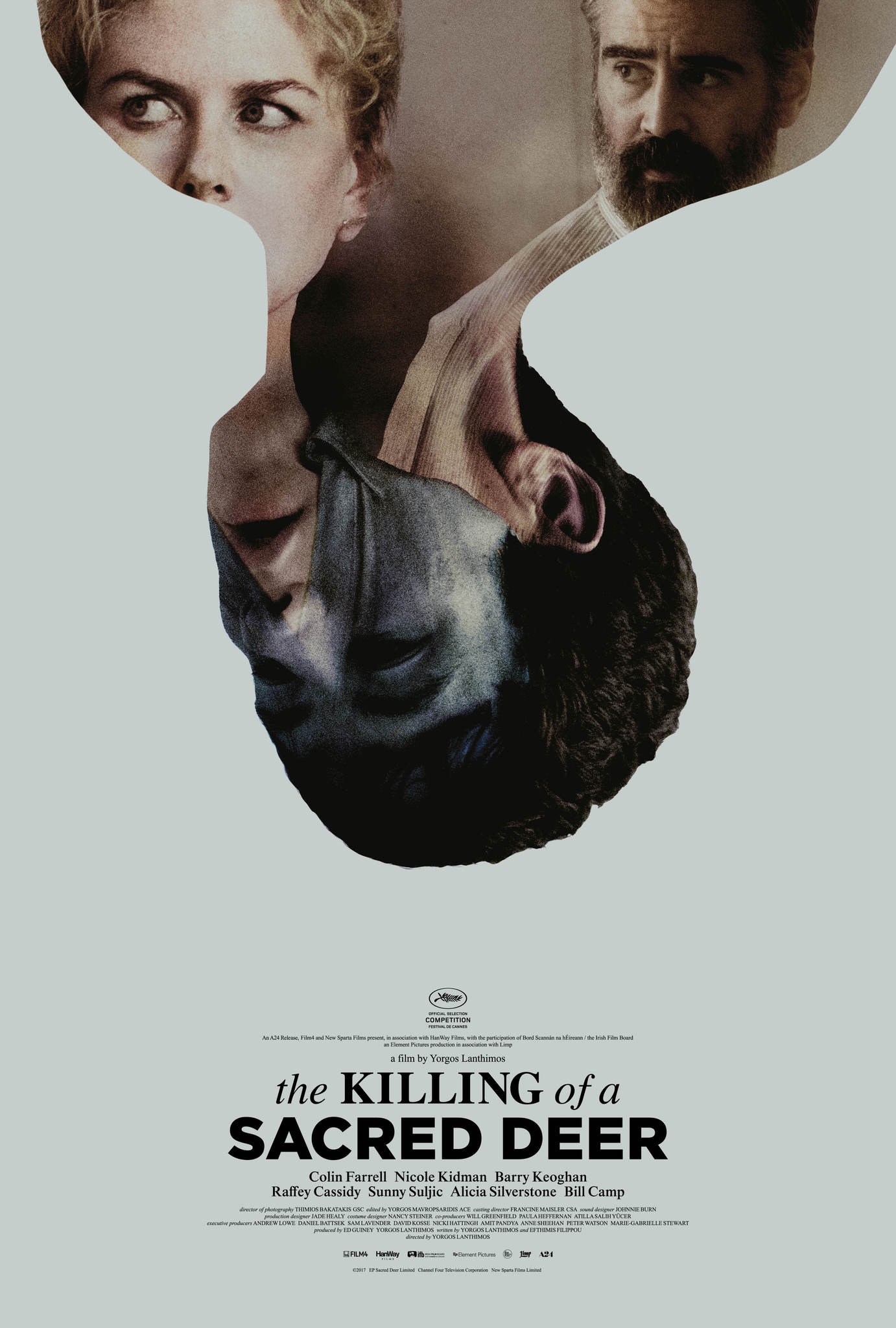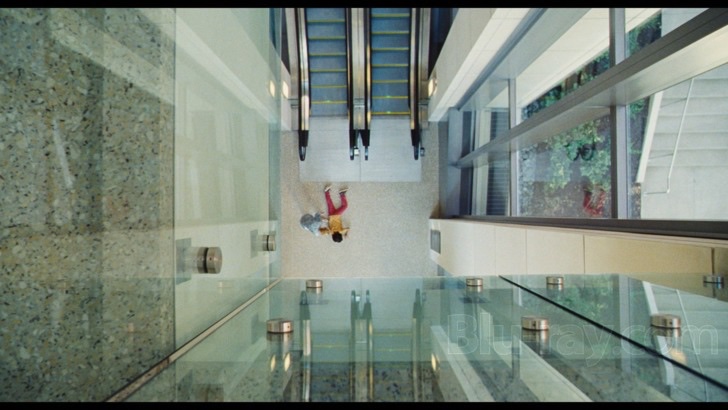The Killing Of A Sacred Deer was released in 2017 and was directed by Yorgos Lanthimos. The film follows a seemingly very happy family. The father Steven, played by Collin Farrell, and mother Anna, Nicole Kidman, have two children who seem to be doing well at school, well-paying jobs, a beautiful home, are respected in their fields and seen as pillars of their community. However, Steven has a dark part of his past as a surgeon sticking to him, Martin (Barry Keoghan) who slowly worms his way into Steven’s social and personal life, and as his intentions become clearer, begins to spark chaos in his perfect, pristine life.

One thing that the film does well is its pacing. The first act of the movie may seem slow and even boring, but it shows that the filmmakers are patient, and building up to important plot points and events by placing subtle hints and foreshadows in the time where not much is really happening. This captures our attention when the pace picks up and peoples true intentions are revealed, and also gives plenty of time to build mystery, suspense, and introduce/establish characters. The time taken, for example, to build and emphasise how truly perfect and seemingly spotless Steven’s life is makes the slow and painful downfall of it more powerful and involving for the audience.
The cinematography of The Killing Of A Sacred Deer is also very notable. The shots are often long and wide, giving the characters plenty of space to move around screen. This creates the atmosphere of the film, which is tense, and often feels like something is missing. The way that the characters talk and interact also conveys this. They seem to have such a happy and perfect life, yet all seem devoid of any emotion or feelings. It is akin to how psychopaths are depicted in other films, like they are using people to suit their own purposes. It makes the people feel fake, unreal and distrust worthy, bringing into question who the real villain is. The obsessive and intrusive martin, or violent and impatient Steven. It is a theme that the film portrays excellently and when the revenge aspect of the plot is revealed, it brings into play themes of morality and justification, which give the film a deep inner-meaning. The close-shots used when people are talking one to one also creates the feeling of claustrophobia, making the audience feel trapped, much like Steven does at points in the film, portraying his descent into madness without words.

The sound design in the film is also very impressive. Often long periods of silence are inserted to keep focus on the dialogue and the subtle meanings and foreshadows included in what is being said. These build up to very shocking and disturbing sounds akin to an engine starting, or motor revving up. It is always used in times of distressing situations, and creates a suddenly tense and powerful scene and atmosphere. It forces the audience to become involved in the film, keeps their attention and does not let them take their eyes away from the screen. It is an interesting technique, as these unnatural sounds in the non-diegetic composed score make us feel uncomfortable to hear, therefore affecting us more. It is also used to break the perfect peace of Steven’s life, symbolising a turning point in events, and portraying just how distressed he is.
The film is also very violent. The fates of the characters is very cruel and sadistic, and, like previously mentioned, makes the audience question where justification for a wrongdoing does not justify the means. It perfectly portrays a young man obsessed with revenge, which seems justified but the film regularly blurs the line between just and unfair, and makes this character seem more and more evil as the film goes on. it also portrays a man obsessed with maintaining a perfect life, who is suddenly confronted by an imperfect part of his past , and his life begins to fall apart, along with his sanity.

Regardless of all of the films subtler meanings, the method with which revenge it taken is extremely fascinating and grim and unique. The development arcs of each character is tragic, Shakespearian almost, and done perfectly. The film also builds suspense very well, with a slow and calm events slowly escalating into stunningly gruesome and powerful scenes, moving the audience by breaking of cinematic boundaries, and eventually builds up to an extremely intense and memorable ending through its shock value and deeper meaning.The killing of a sacred deer is a staple of revenge films, suspense-building, character development and hidden meanings. That’s why I rate it 5 stars!
You must be logged in to post a comment.